Best Xhosa Traditional Attires for African Women
Best Xhosa Traditional Attires for African Women
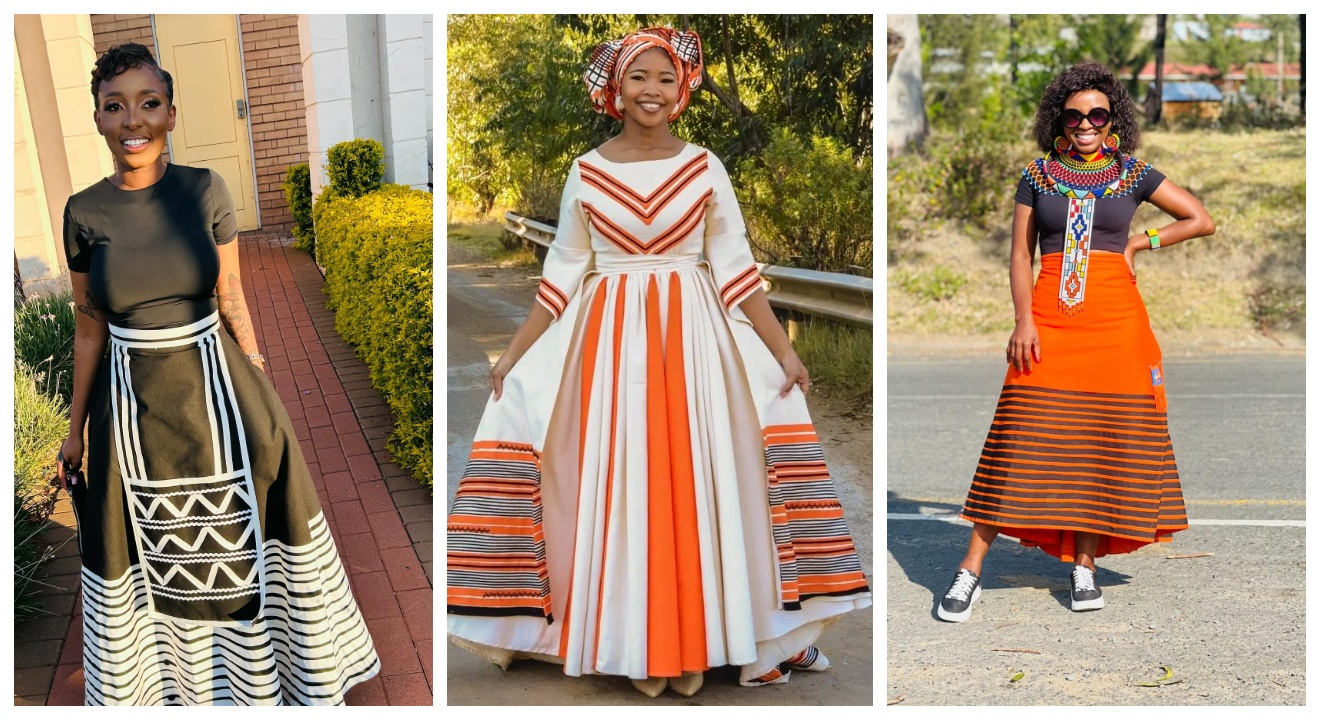
Introduction
Traditional attire plays a significant role in preserving and celebrating cultural heritage. In Xhosa culture, traditional attires are not just garments; they are a symbol of identity, pride, and heritage. African women, in particular, have embraced their traditional attires as a way to showcase their cultural heritage and express themselves. In this blog, we will dive into the importance of traditional attire in Xhosa culture and explore why it holds such significance for African women.
Importance of traditional attire in Xhosa culture
Traditional attire holds immense importance in the Xhosa culture as it reflects the rich history and traditions of the community. It serves as a visual representation of their identity, values, and beliefs. The attire is adorned with vibrant colors, intricate patterns, and unique beadwork, all of which have deep cultural meanings. Wearing traditional attire during special occasions, such as weddings and cultural ceremonies, allows Xhosa individuals to connect with their roots and showcase their cultural pride.
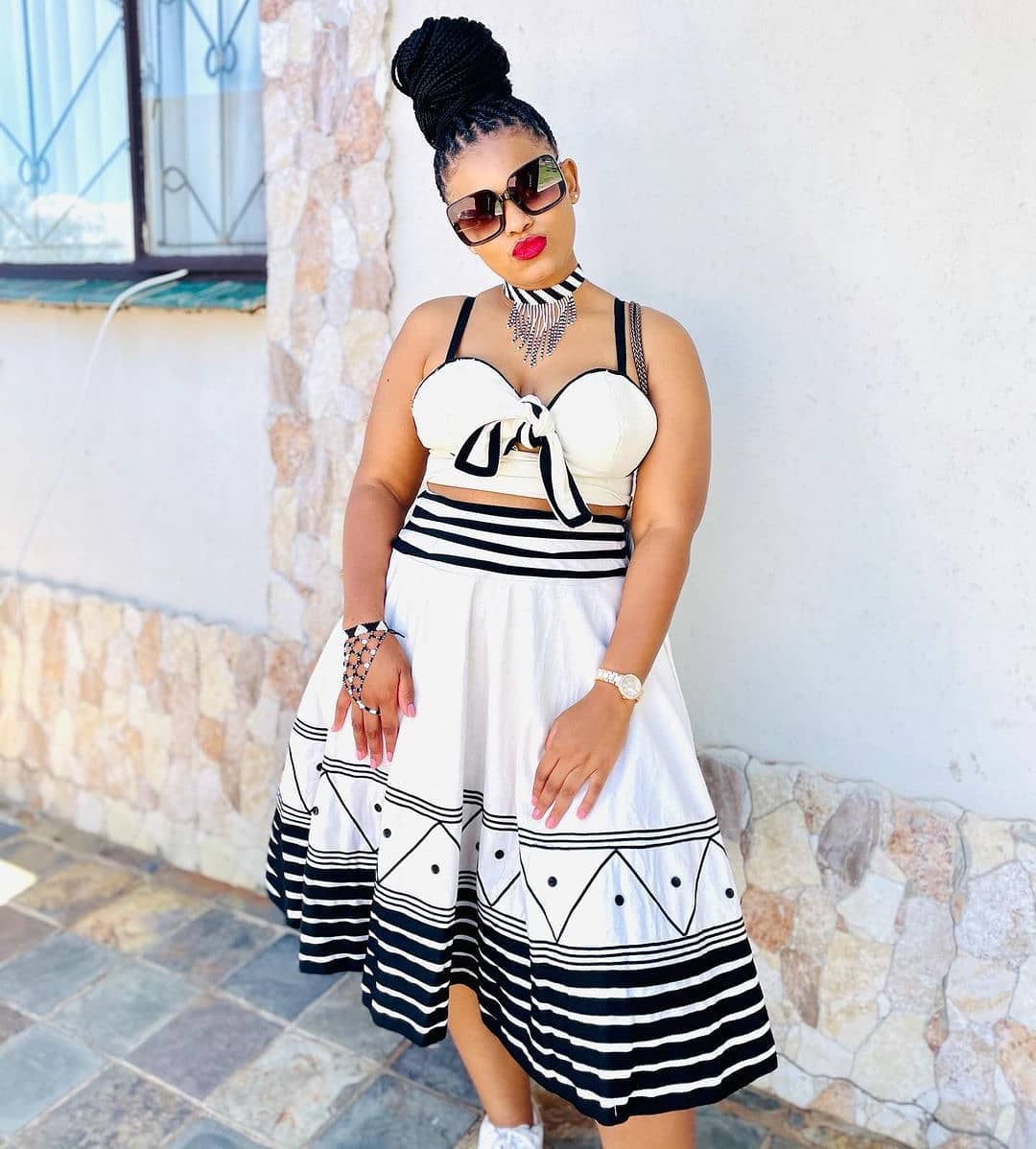
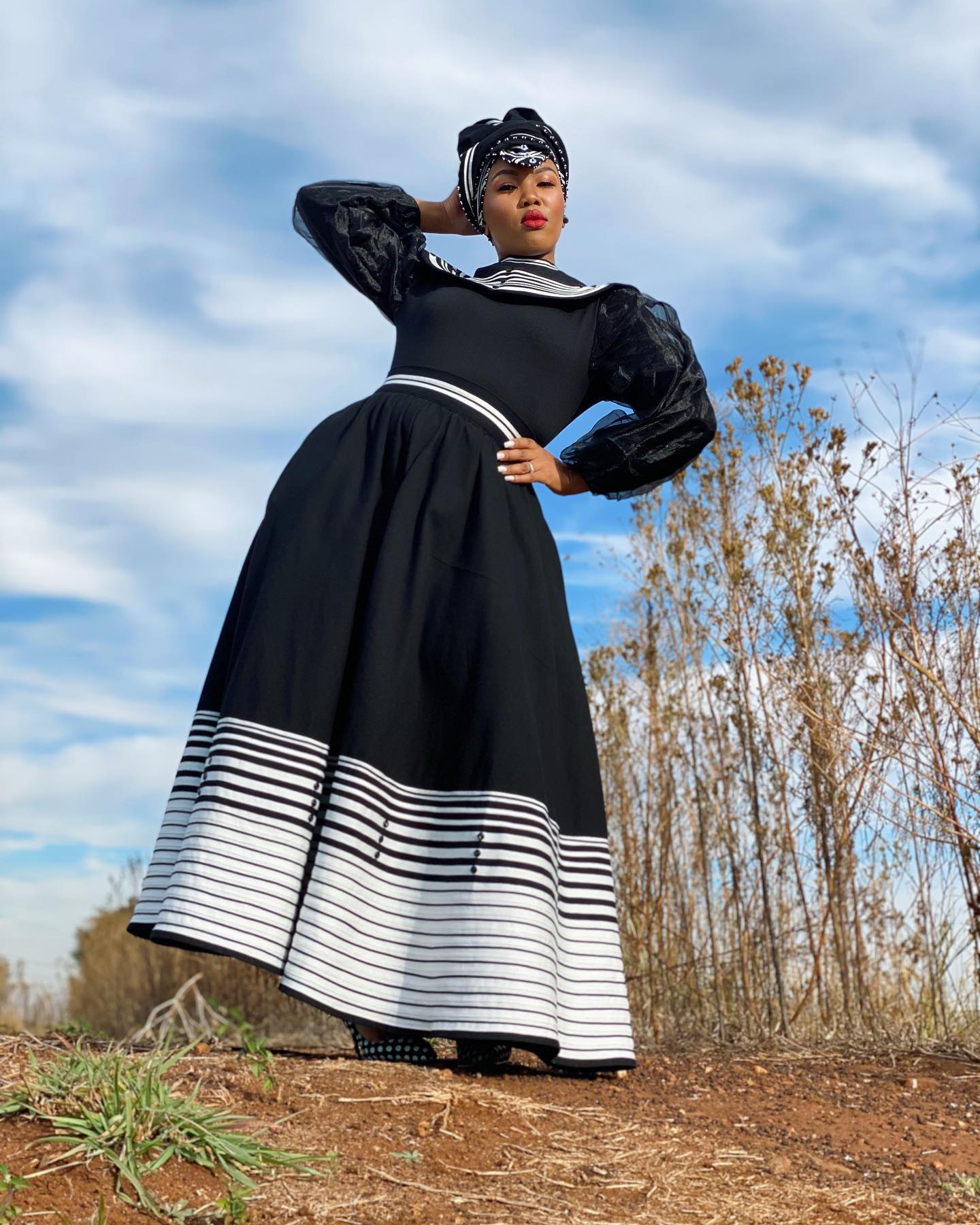
Significance of traditional attire for African women
For African women, traditional attires are a way to celebrate their African heritage and embrace their cultural identity. These attires are crafted with precision and care, showcasing the rich diversity of African traditions. From the stunning headwraps to colorful dresses, traditional attires allow African women to express their individuality while honoring their cultural roots. These attires not only empower women but also create a sense of community and belonging among individuals who share the same cultural background. Through traditional attires, African women continue to keep their cultural traditions alive and pass them on to future generations.
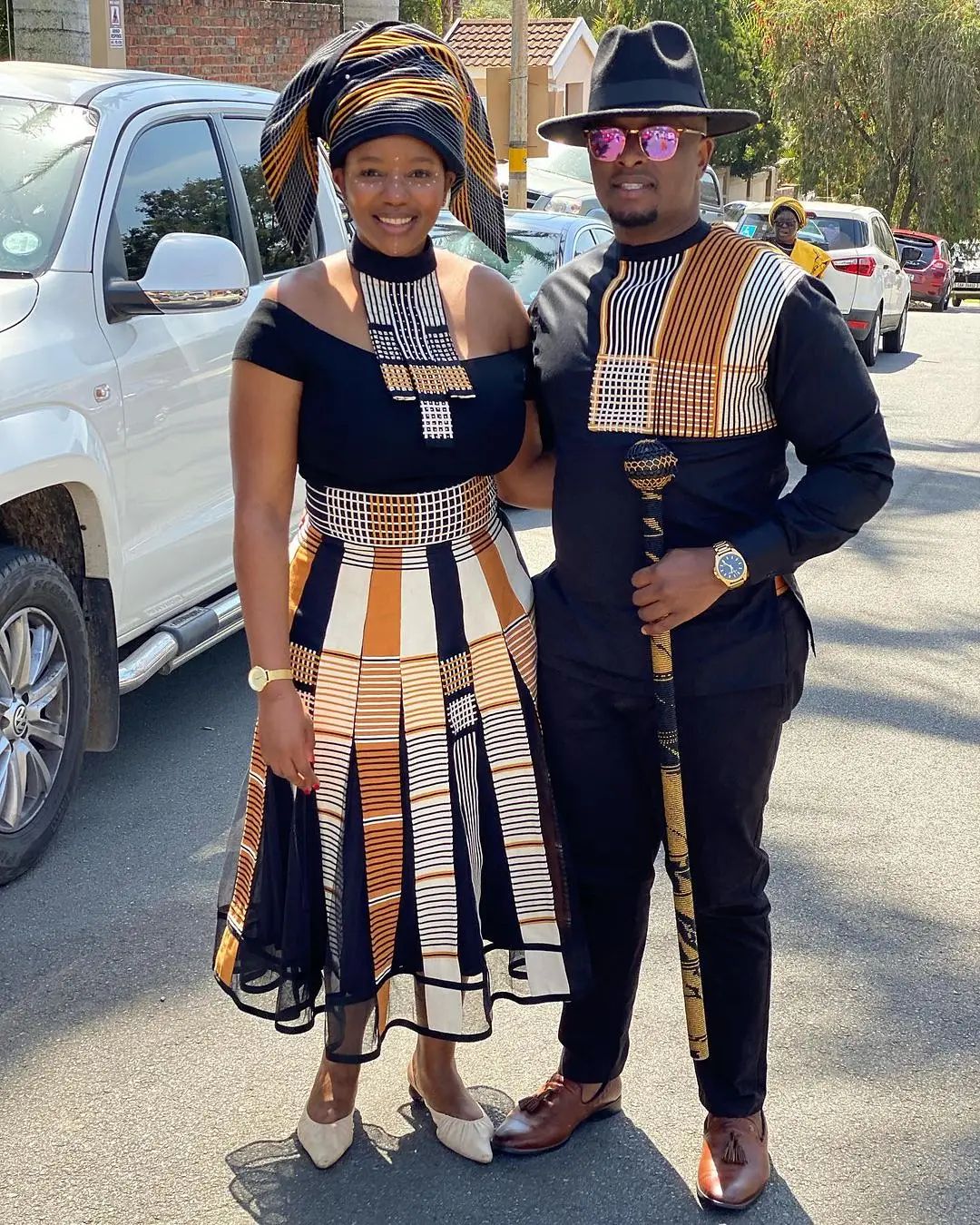
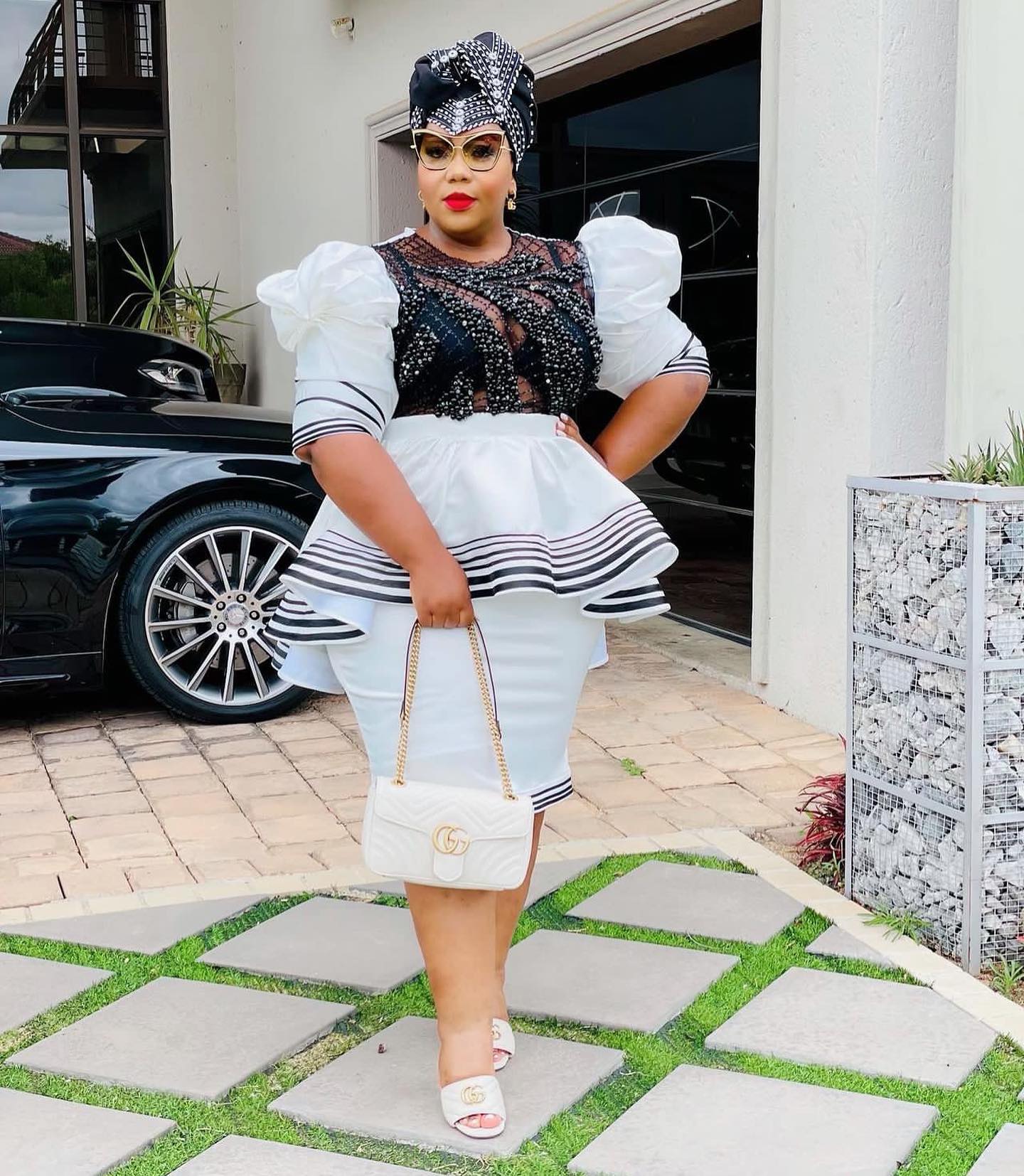
Xhosa Traditional Attires
Traditional dresses for Xhosa women
Xhosa traditional attire is known for its breathtaking beauty and intricate designs. One of the most iconic pieces is the traditional Xhosa dress, known as the “umakoti dress.” This dress is characterized by its vibrant colors, bold patterns, and unique beadwork. Each dress tells a story and represents the rich cultural heritage of the Xhosa people.
The umakoti dress is often made from colorful fabrics, such as bright blues, vibrant oranges, and bold reds. The neckline is adorned with intricate beadwork, symbolizing different aspects of Xhosa life and culture. The dress is typically accompanied by a matching headwrap, known as the “doek,” which adds an extra touch of elegance to the overall look.
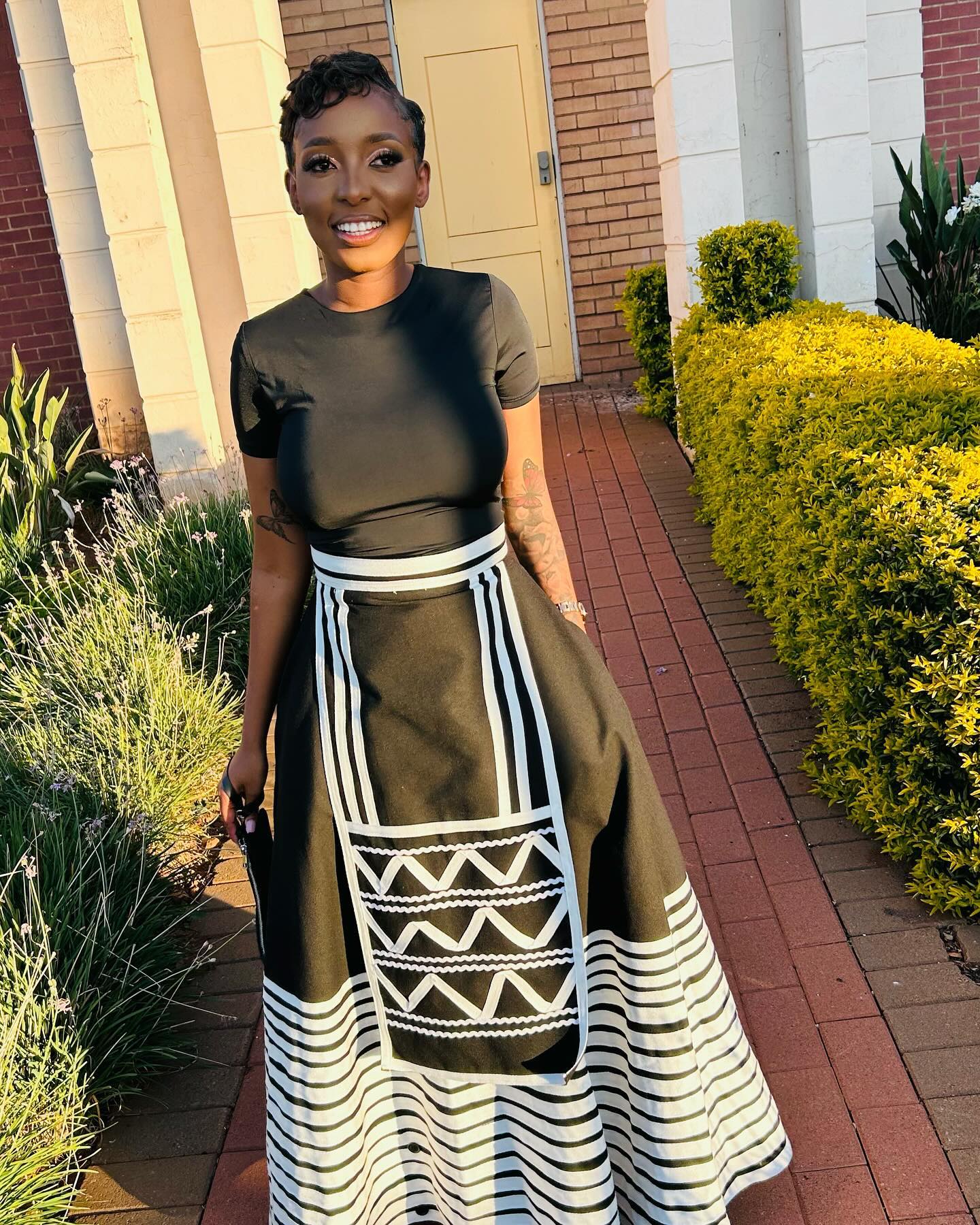
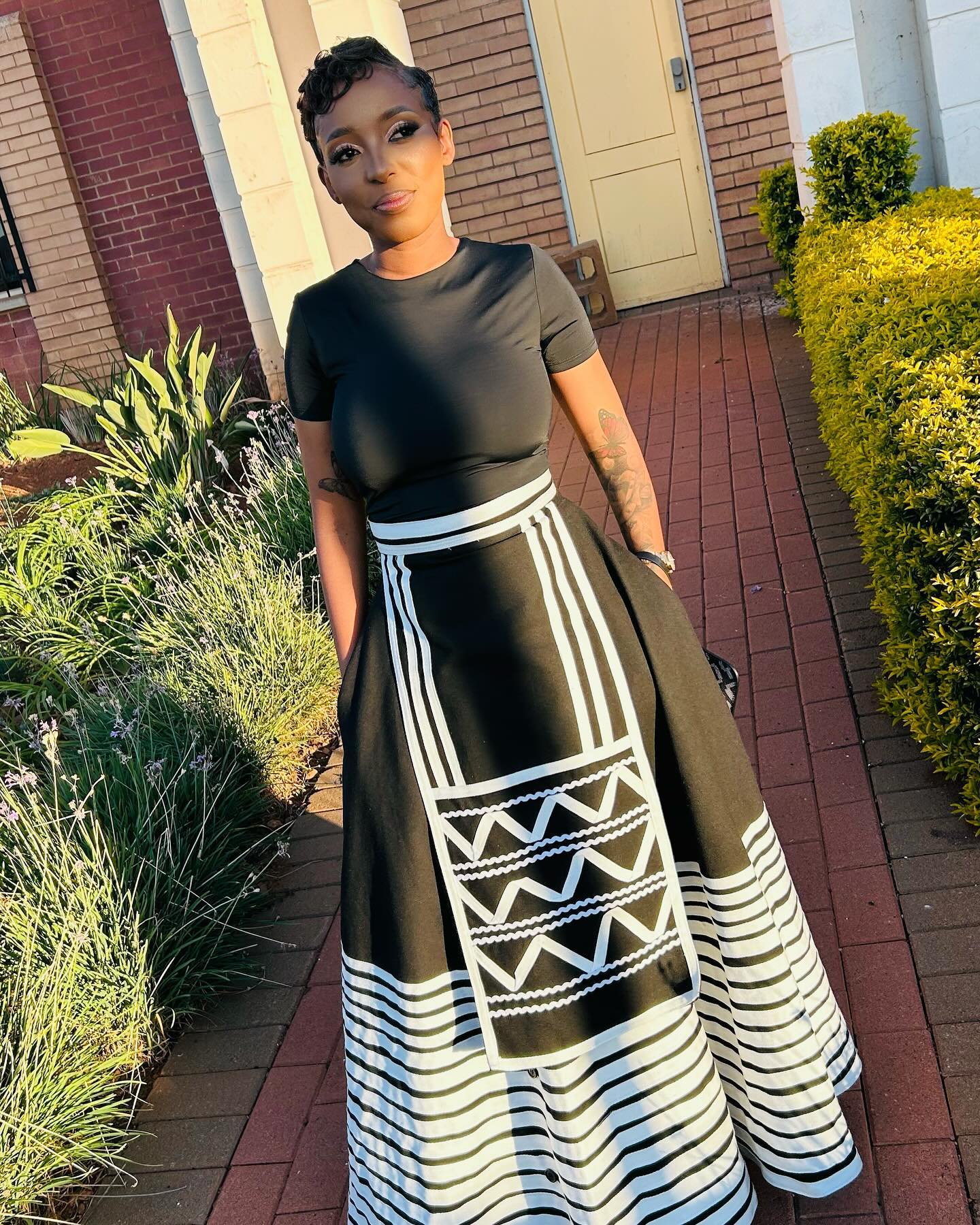
Accessories and jewelry for Xhosa traditional attire
In addition to the stunning dresses, Xhosa women also embellish their traditional attire with accessories and jewelry. One popular accessory is the “imbadada,” which is a beautifully beaded belt worn around the waist. This belt adds a pop of color and brings attention to the intricate beadwork.
Another accessory that complements the traditional attire is the “isicholo.” This is a woven hat that is often worn by married Xhosa women. The isicholo is a symbol of respect and is intricately crafted with beads and feathers.
To complete the traditional look, Xhosa women adorn themselves with various pieces of jewelry, such as necklaces, bracelets, and earrings. These jewelry pieces are often made from beads, shells, and other natural materials, reflecting the connection to nature and the importance of traditional craftsmanship.
Xhosa traditional attires for African women are not just garments; they are an expression of cultural pride and identity. Through their traditional dresses, accessories, and jewelry, Xhosa women continue to celebrate their heritage and keep their cultural traditions alive.
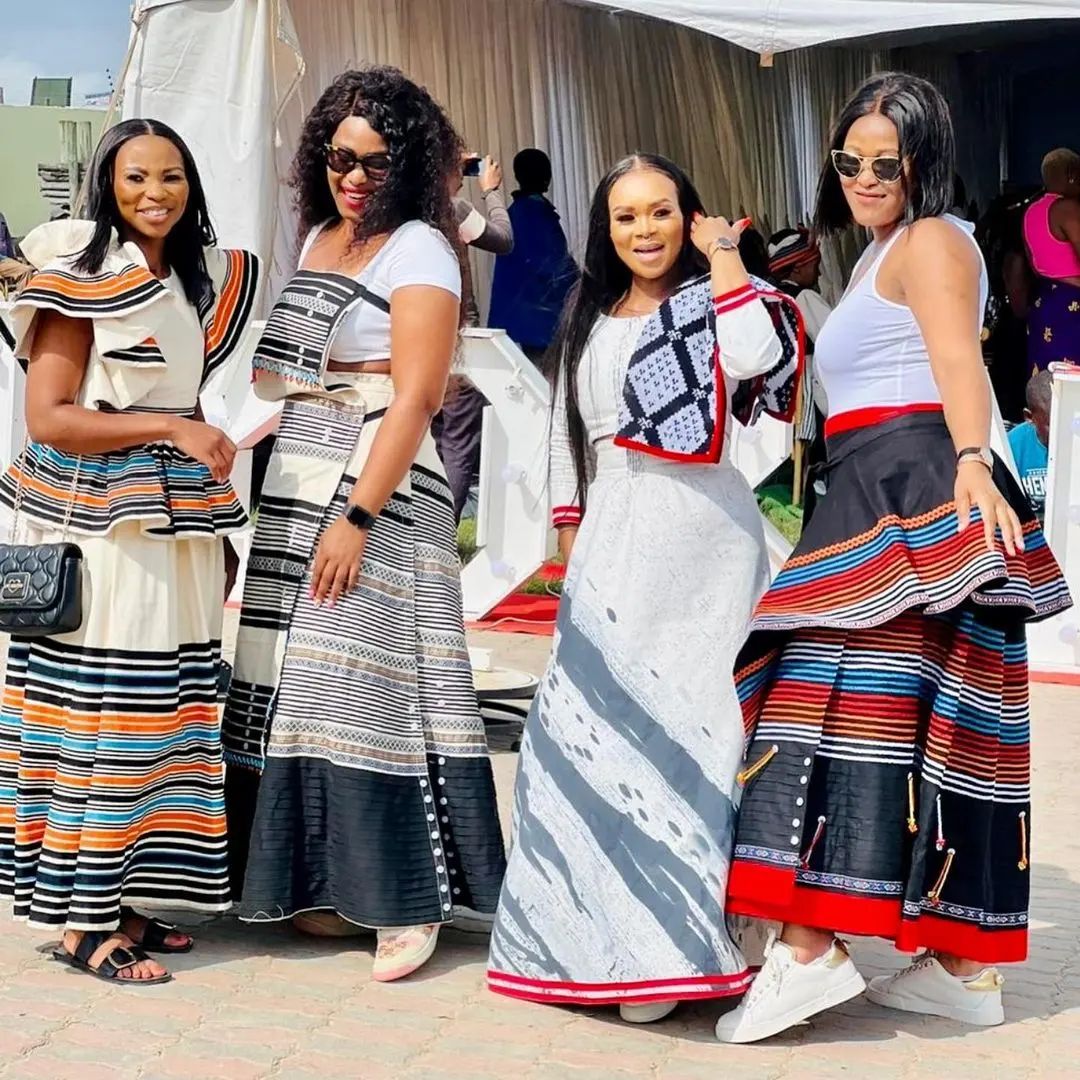
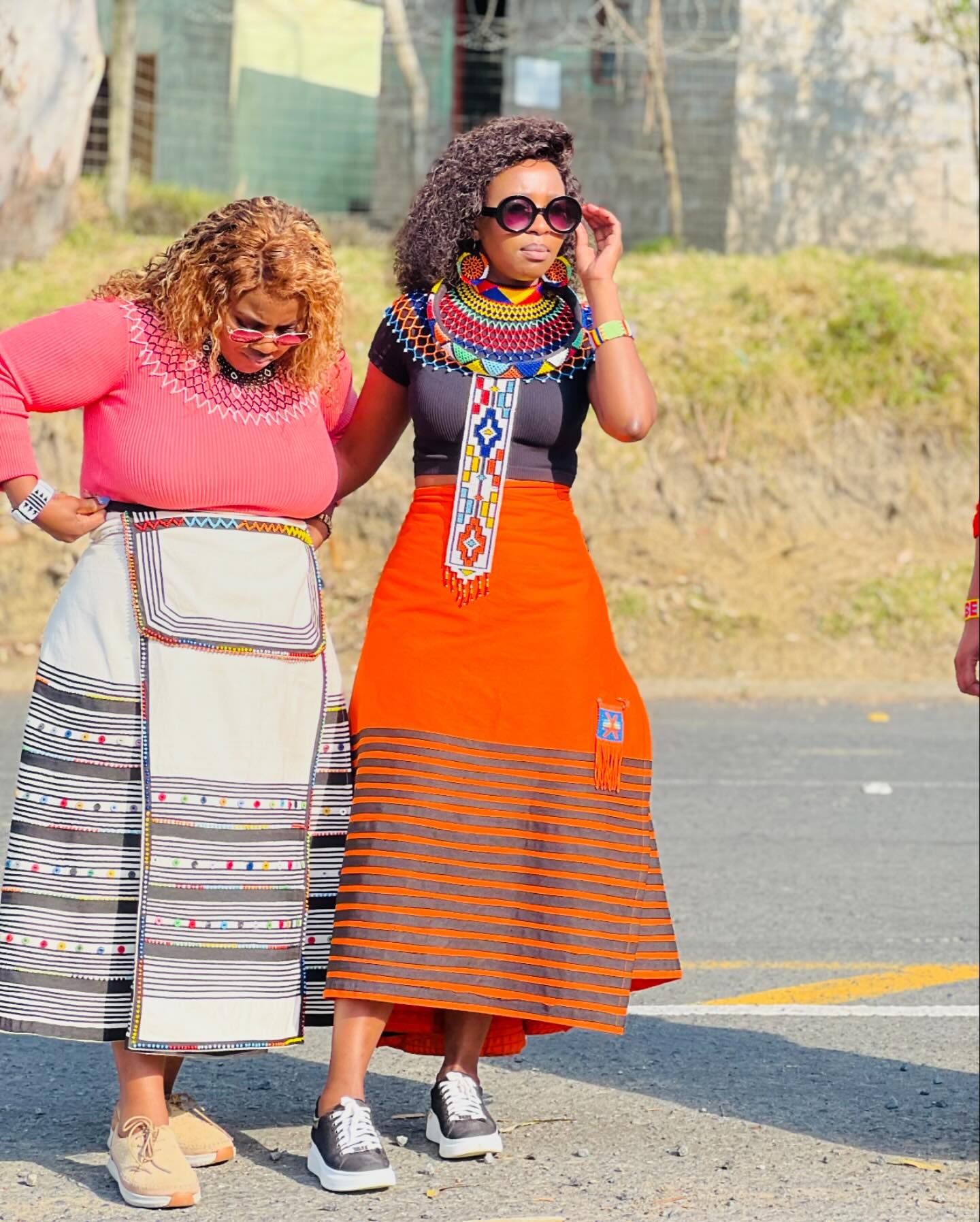
Patterns and Designs
Popular patterns and designs in Xhosa traditional attires
Xhosa traditional attires for African women are renowned for their breathtaking beauty and intricate patterns. These patterns and designs play a significant role in showcasing the cultural heritage of the Xhosa people. Some of the most popular patterns and designs found in Xhosa traditional attires include the following:
- Ibuntongo: This is a geometric pattern that represents fertility and prosperity. It is often seen on dresses and accessories, symbolizing the abundance of life.
- Umrhabulo: This design features diagonal lines and zigzag patterns. It signifies resilience, strength, and adaptability, reflecting the Xhosa people’s determination and ability to overcome challenges.
- Umtapo: This pattern consists of circular shapes and represents unity and togetherness. It symbolizes the importance of community and the power of coming together.

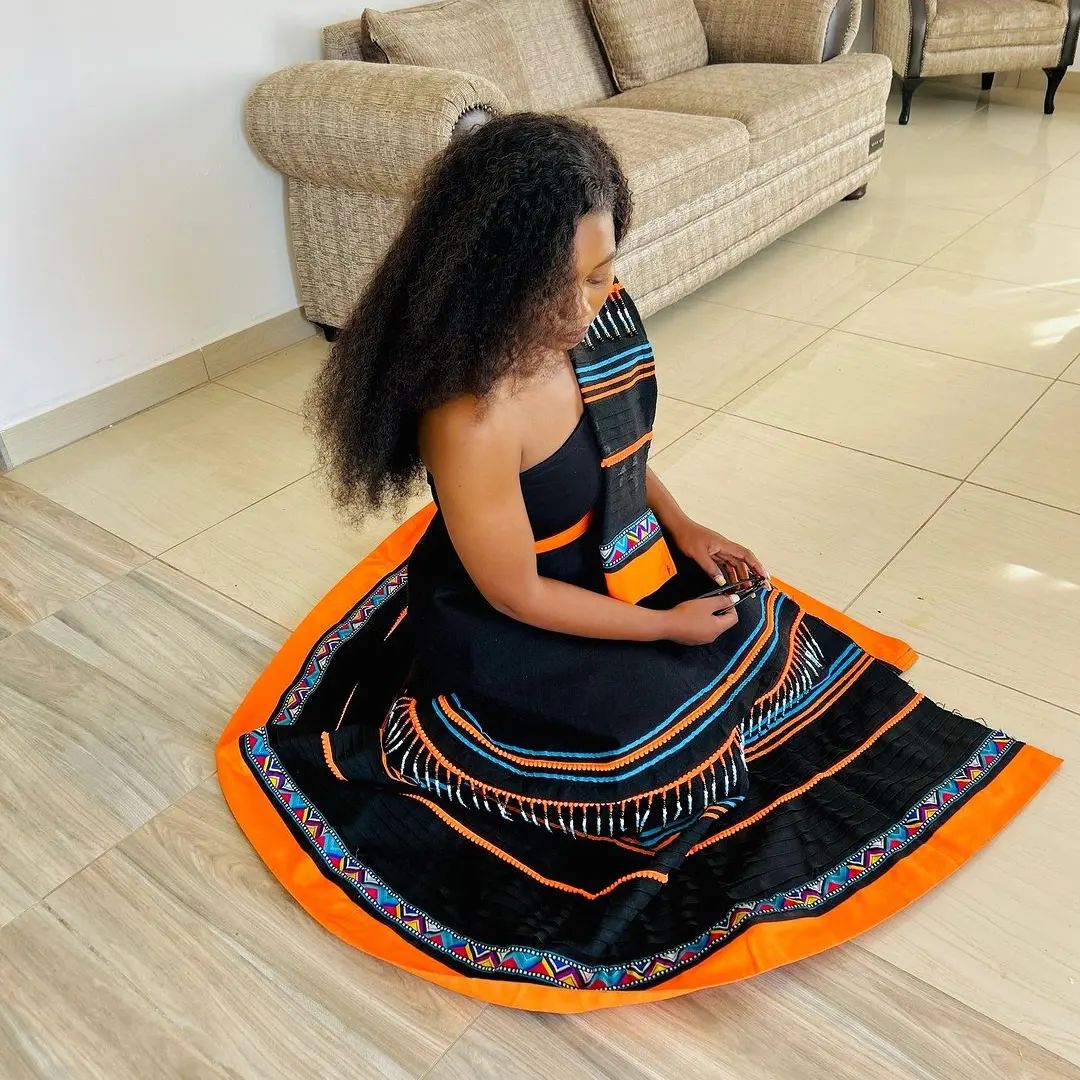
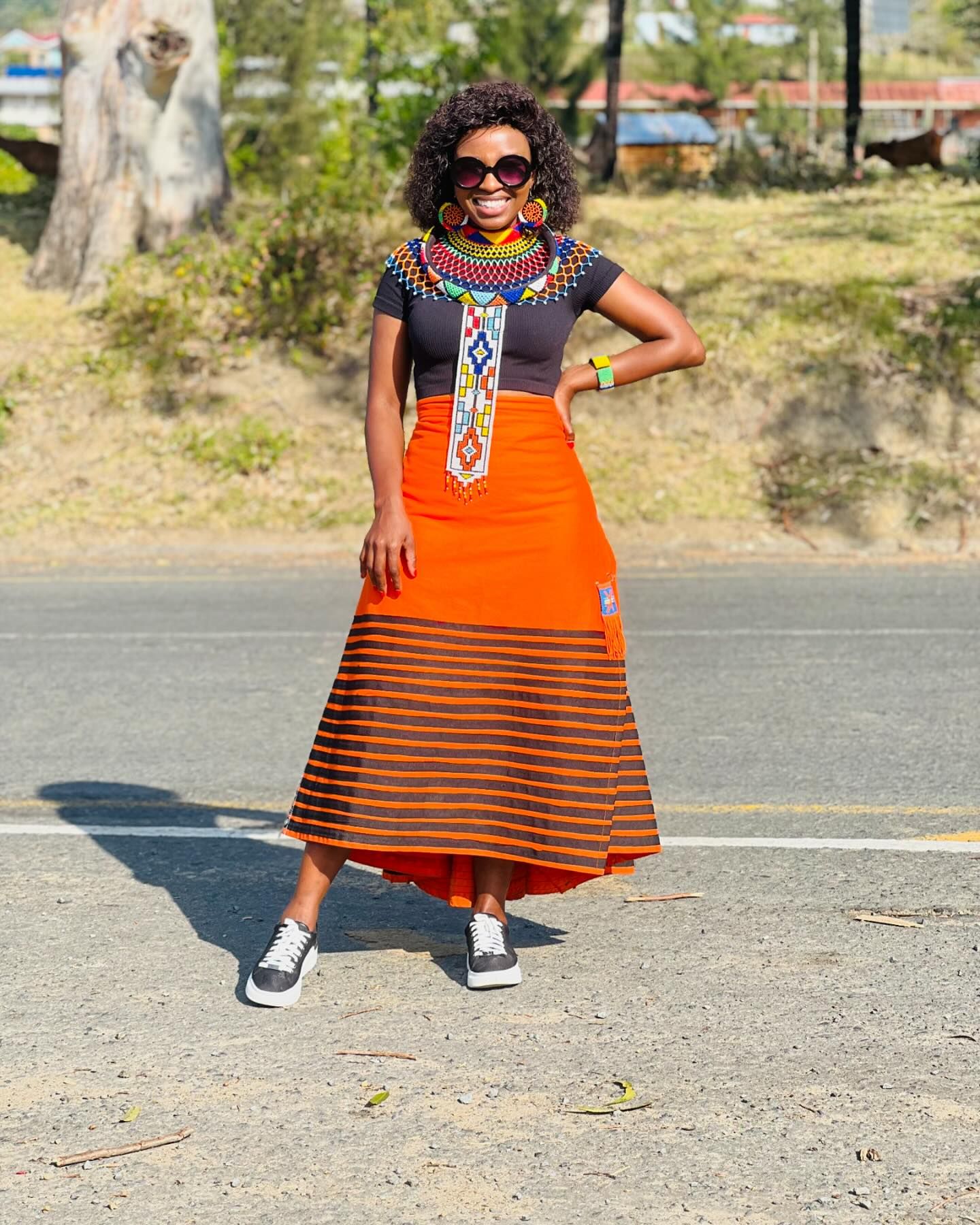
Meanings behind different patterns and designs
Each pattern and design in Xhosa traditional attires carries a deeper meaning. Understanding these meanings adds an extra layer of significance to the garments. Here are some of the meanings behind different patterns and designs:
- The vibrant colors and bold patterns represent joy, celebration, and a zest for life. They reflect the Xhosa people’s vibrant culture and their ability to find joy even in challenging times.
- The intricate beadwork found on dresses and accessories often symbolizes different aspects of Xhosa life and culture. The colors and patterns of the beads hold specific meanings, such as love, fertility, and protection.
- The use of natural materials, such as beads, shells, and feathers in jewelry and accessories, reflects the Xhosa people’s connection to nature and their respect for the environment.
In conclusion, the patterns and designs found in Xhosa traditional attires are not only visually stunning but also carry deep cultural significance. They tell a story, represent values, and celebrate the rich heritage of the Xhosa people.
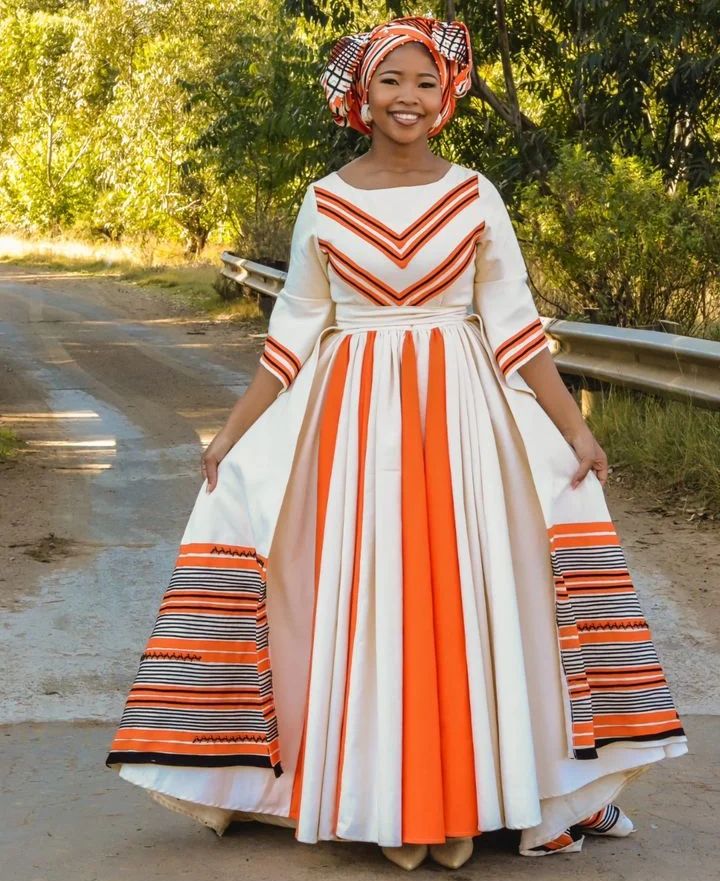
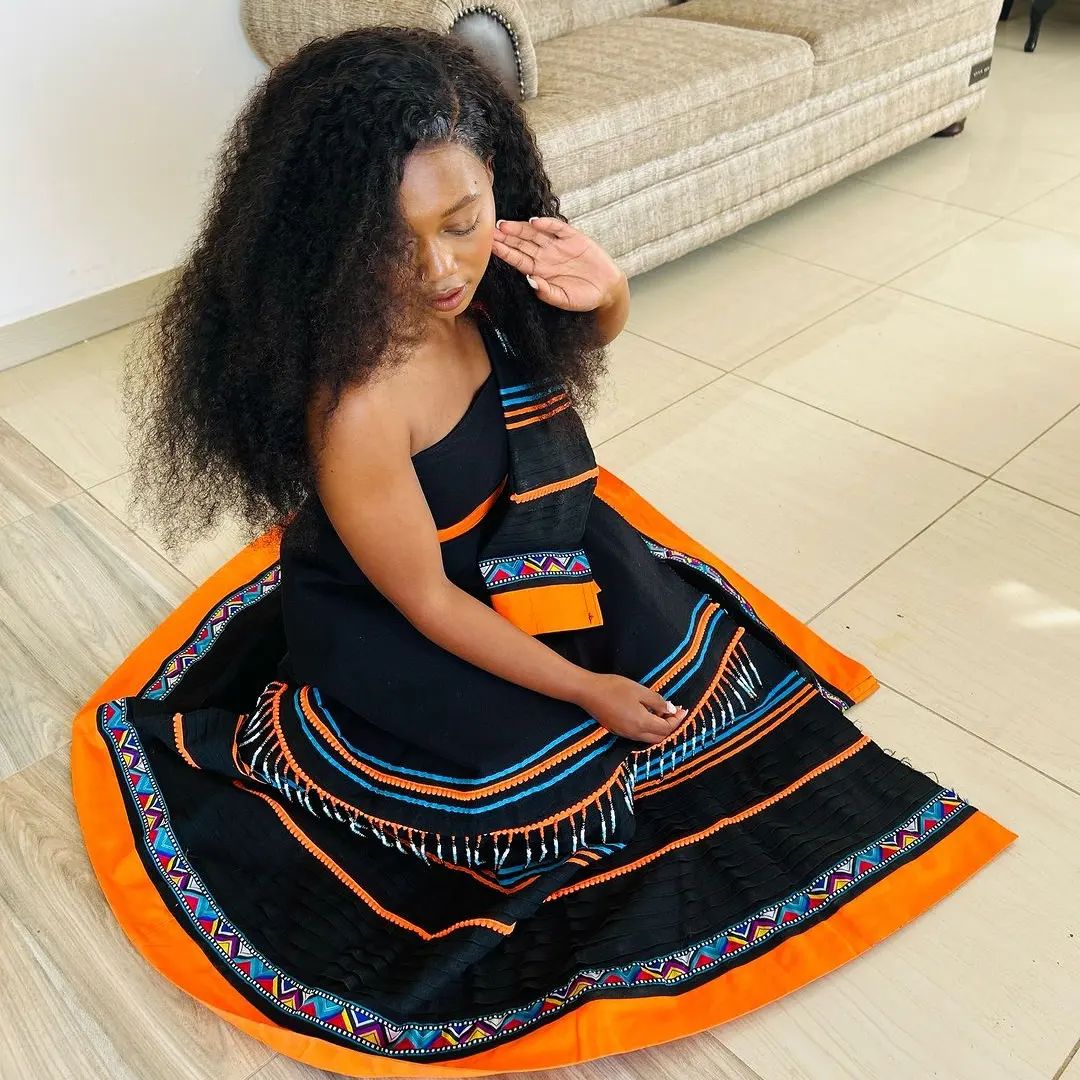
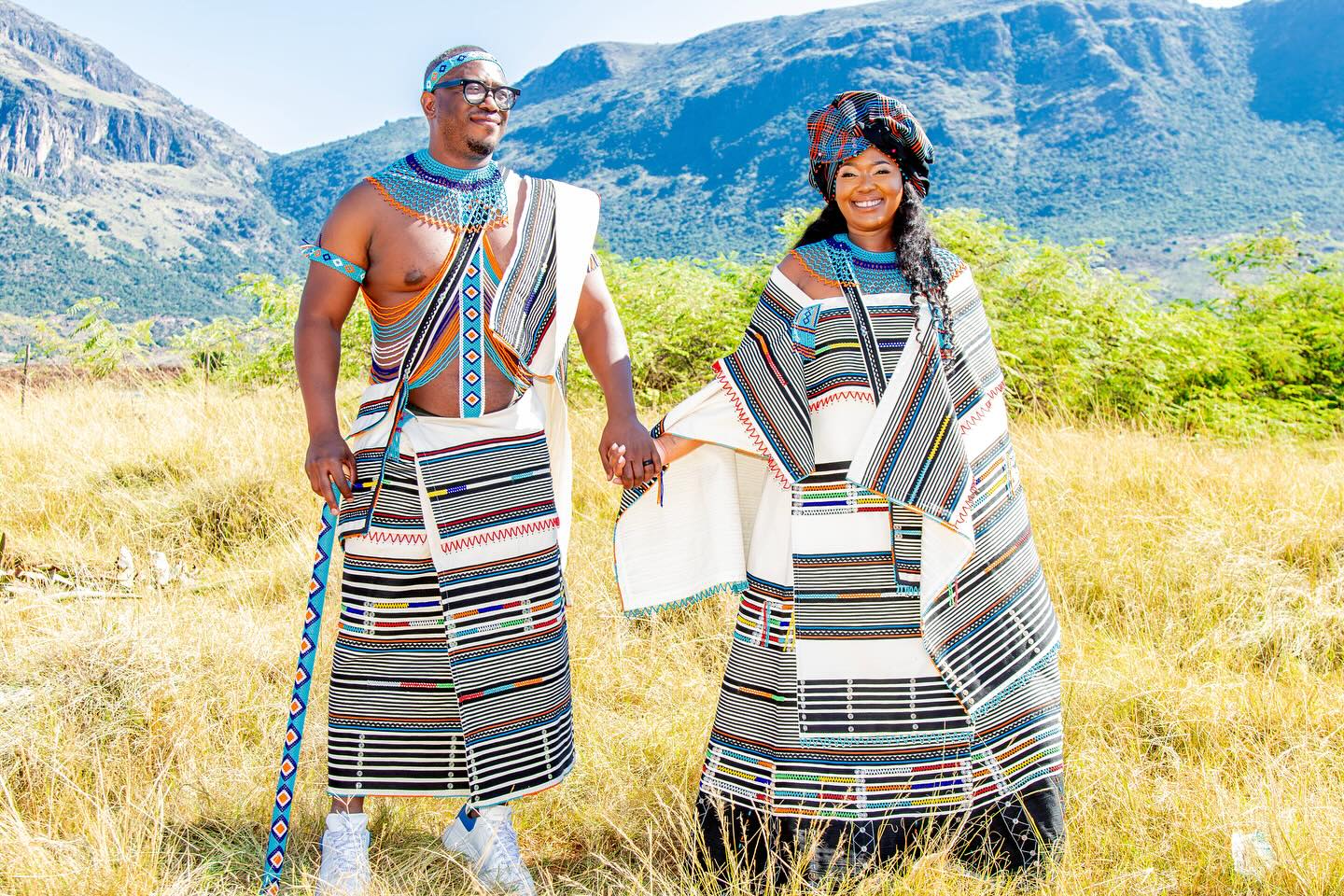
Fabrics and Materials
Traditional fabrics used in Xhosa attires
Xhosa traditional attires are known for their exquisite fabrics that are deeply rooted in the cultural heritage of the Xhosa people. These fabrics not only reflect the beauty of the attire but also carry a sense of history and tradition. Here are some of the traditional fabrics used in Xhosa attires:
- Isishweshwe: This iconic fabric is a staple in Xhosa traditional attires. It originated from Europe but was embraced by the Xhosa people and is now considered a symbol of cultural identity. Isishweshwe is characterized by its distinct patterns and vibrant colors, making it a popular choice for Xhosa dresses and skirts.
- Uphiso: Known for its intricate embroidery, Uphiso is a fabric that showcases the craftsmanship of Xhosa artisans. It is often used to create stunning blouses and dresses, adorned with delicate beadwork and detailed stitching.
- Ukhuba: Ukhuba is a fabric made from animal skins, such as goat or sheepskin, that is used to create traditional Xhosa outerwear. It is known for its durability and ability to provide warmth during colder seasons.
Sustainability and ethical considerations in fabric choices
In recent years, there has been a growing focus on sustainability and ethical practices in the fashion industry. When choosing fabrics for Xhosa attires, it’s important to consider the environmental and social impact. Many designers are now opting for sustainable and ethically sourced materials, such as organic cotton and recycled fabrics, to reduce their carbon footprint and support fair trade practices.
Additionally, supporting local textile industries and artisans is another way to ensure ethical fabric choices. By sourcing fabrics from local suppliers, designers can contribute to the economic growth of the Xhosa community and preserve traditional craftsmanship.
In conclusion, the choice of fabrics and materials in Xhosa traditional attires plays a vital role in preserving cultural heritage and promoting sustainable practices. By embracing traditional fabrics and considering sustainability and ethical considerations, African women can showcase their cultural pride while also supporting a more responsible fashion industry.
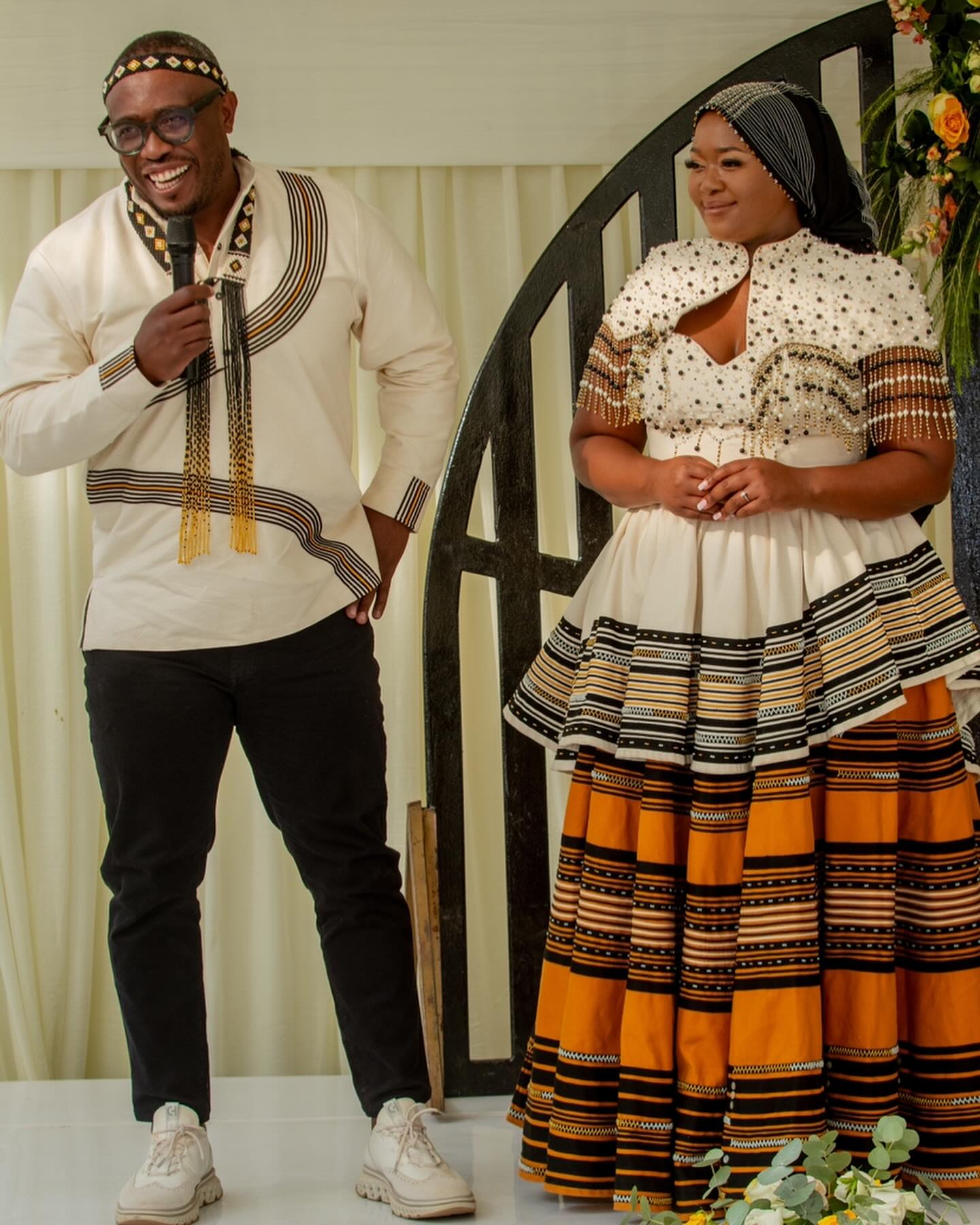

Colors and Symbolism
Symbolic meanings of colors in Xhosa traditional attire
Xhosa traditional attire is known for its vibrant colors, each carrying its own symbolic meaning. Here are some of the colors commonly found in Xhosa traditional attire and their symbolic significance:
- Red: Red symbolizes power, passion, and strength. It represents the warrior spirit of the Xhosa people and is often worn during important ceremonies and celebrations.
- Blue: Blue represents loyalty, truth, and stability. It is often associated with wisdom and is worn by respected elder members of the community.
- White: White signifies purity, innocence, and peace. It is worn during joyful occasions such as weddings and symbolizes the beginning of a new chapter in one’s life.
- Yellow: Yellow represents happiness, warmth, and prosperity. It is often used in combination with other colors to create intricate patterns and designs.
Role of colors in expressing cultural identity
Colors play a significant role in expressing the cultural identity of Xhosa women. Through their choice of colors in traditional attire, Xhosa women can showcase their heritage and affiliation to a specific clan or tribe. Each clan may have its own unique colors and patterns that distinguish them from others. By wearing these colors, Xhosa women proudly display their cultural pride and contribute to the rich tapestry of Xhosa tradition.
In conclusion, colors in Xhosa traditional attire hold deep symbolic meanings and play a crucial role in expressing cultural identity. From red symbolizing power to yellow representing happiness, each color contributes to the vibrant and diverse cultural heritage of the Xhosa people.

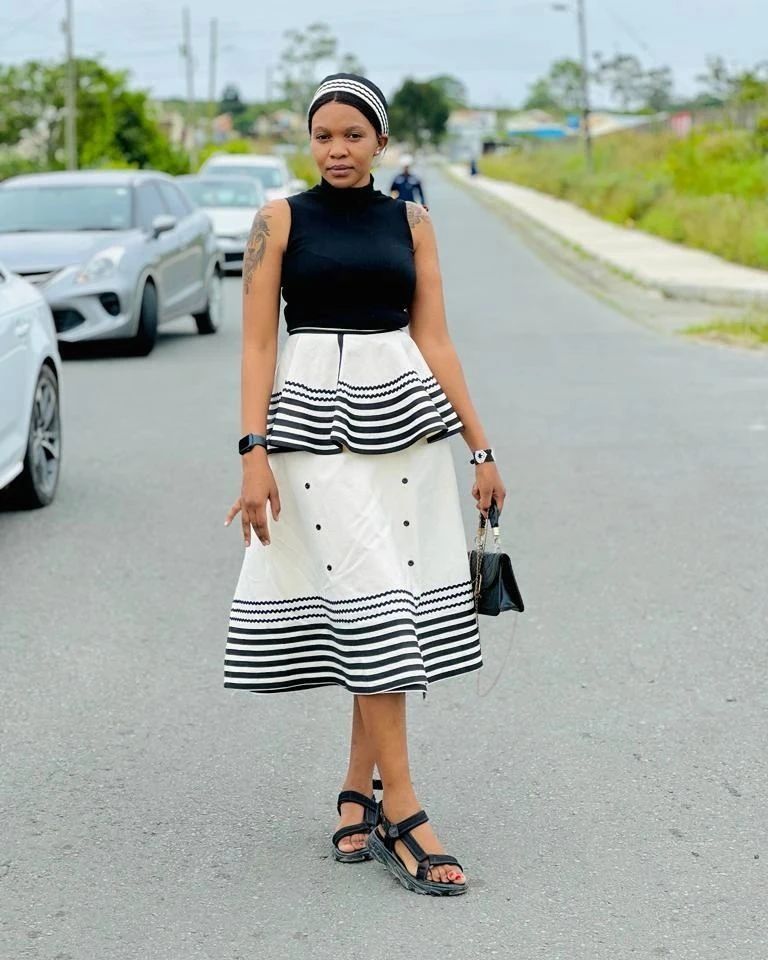
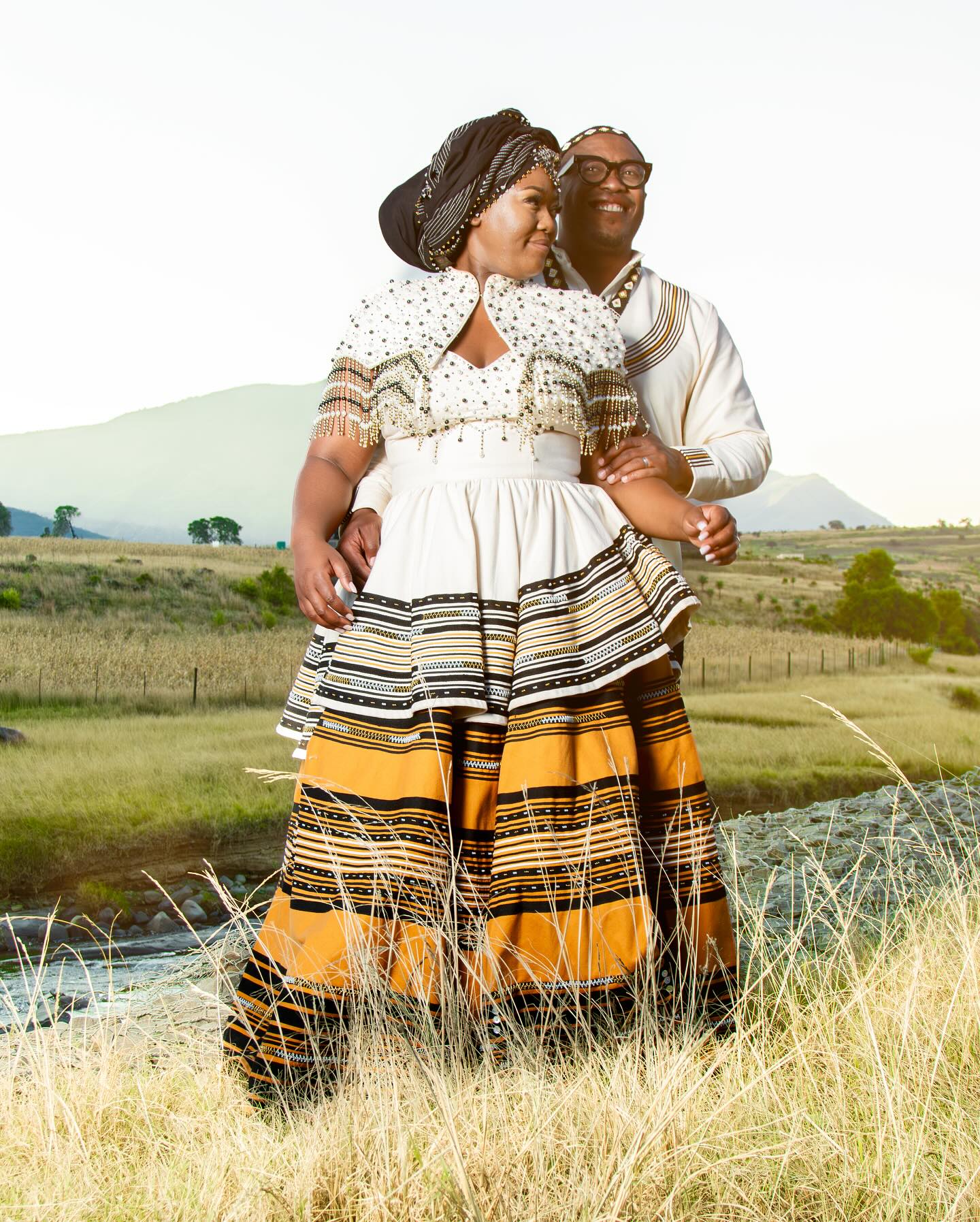
Comments are closed.